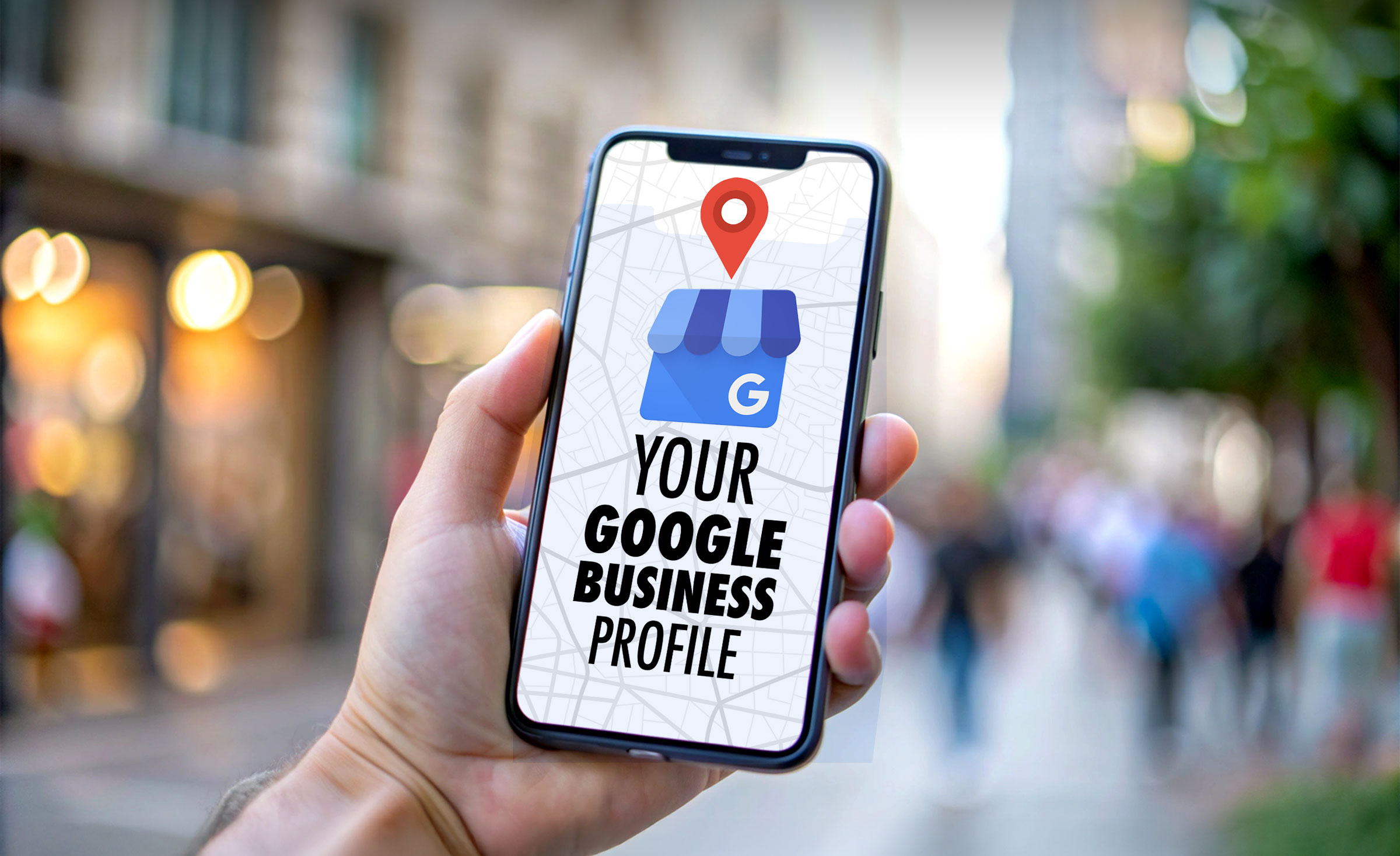Inflation is an economic phenomenon that affects not only prices but also how companies market their products. In this blog, we will explore the intriguing world of inflation's impact on product marketing, with a focus on the clever tactics businesses employ to navigate the challenges posed by rising prices. From the deceptive technique known as "shrinkflation" to other strategic marketing maneuvers, we'll uncover the secrets behind the changing landscape of consumer goods.
Understanding Inflation:
Before we dive into the marketing strategies, let's take a moment to understand inflation. In simple terms, inflation refers to the steady increase in the general price level of goods and services over time. As prices rise, the purchasing power of money diminishes, posing challenges for both consumers and businesses.
Shrinkflation:
The Art of Downsizing: Have you ever noticed that your favorite snacks seem to have shrunk while the price remained the same or even increased? Welcome to the world of shrinkflation! Shrinkflation is a marketing phenomenon where companies reduce the size or quantity of a product while maintaining the price, offering the illusion of unchanged prices.
Strategic Marketing Tactics in the Face of Inflation:
Inflation presents businesses with the need to adapt and find innovative ways to maintain profitability without alienating their customer base. Here are some marketing tactics that companies employ to tackle the challenges posed by rising prices:

1. Shrinkflation:
As mentioned earlier, reducing product sizes is a common approach. By subtly reducing the quantity while maintaining the price, companies can offset rising production costs and preserve profit margins. While consumers may not immediately notice the changes, the cumulative effect becomes apparent over time. Some big alcohol companies like Heinekin are going so far as to reduce the alcohol concentration in their beers while keeping the price the same, of course.
2. Premiumization:
In response to inflation, some companies opt for a strategy known as premiumization. This involves positioning their products as higher quality or more exclusive, justifying a price increase. By enhancing product features, using premium packaging, or incorporating luxury branding, businesses can create a perception of added value to justify higher prices. The premiumization trend also reflects a divide in the American economy. As inflation rises, fewer consumers can afford everyday products sold.
3. Product Line Rationalization:
Another tactic is to streamline product lines by eliminating underperforming or less profitable items. By focusing on core products and removing less popular variants, companies can reduce costs associated with production, marketing, and inventory management. This strategic move helps them maintain profitability while adjusting to inflationary pressures.
4. Strategic Pricing:
Businesses may strategically adjust their pricing to address inflation. Instead of raising prices across the board, they may selectively increase prices on certain products or product lines. By identifying price-sensitive items and adjusting prices accordingly, companies can mitigate the impact of rising costs while minimizing customer backlash. The good news is, many close-contact services such as restaurants and retail still have room to rebound following their huge plunge during the period of lockdowns and social distancing.

5. Promotional Bundles and Offers:
Inflation prompts companies to introduce promotions and special offers to retain customer loyalty. Bundling products together or offering discounted prices for multiple purchases creates a perceived value for customers while allowing businesses to maintain profit margins. Limited-time promotions, loyalty programs, and rewards schemes also help companies retain customers during times of inflation.
6. Cost-Effective Marketing Channels:
In an effort to optimize marketing budgets, businesses may shift their focus towards cost-effective channels. Digital marketing, social media advertising, and targeted online campaigns often provide a more affordable alternative to traditional media advertising. By leveraging these platforms, companies can reach a broader audience while keeping marketing expenses in check.
Inflation presents a host of challenges for businesses, including the need to adapt marketing strategies to changing economic conditions. From the crafty tactics of shrinkflation to premiumization, strategic pricing, and promotional offers, companies employ various techniques to navigate the complex landscape of rising prices. As consumers, it's important to stay informed, compare prices, and assess the overall value of products to make savvy purchasing decisions. By understanding the dynamics between inflation and marketing strategies, we can navigate the marketplace with greater confidence and
The Consumer's Perspective:
As consumers, it's essential to be aware of these marketing tactics and their underlying reasons. Here are a few tips to help you navigate the inflationary landscape:
1. Price Comparison:
Compare prices across different brands and sizes to ensure you're getting the best value for your money. Pay attention to unit prices and consider the cost per ounce or gram rather than the package's total price.
2. Read Labels:
Keep an eye on the size and quantity of products you purchase regularly. Note any changes and consider whether it affects your satisfaction or perceived value. Being an informed consumer empowers you to make better purchasing decisions.
3. Understand Trade-Offs:
Recognize that maintaining the same price for a product may come with trade-offs, such as smaller sizes or ingredient substitutions. Consider whether these changes affect your overall satisfaction and decide accordingly.
.png)




































.svg)





.svg)